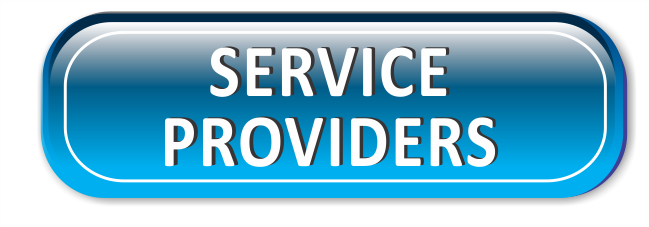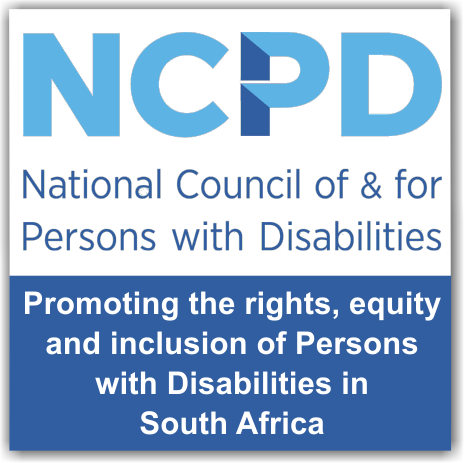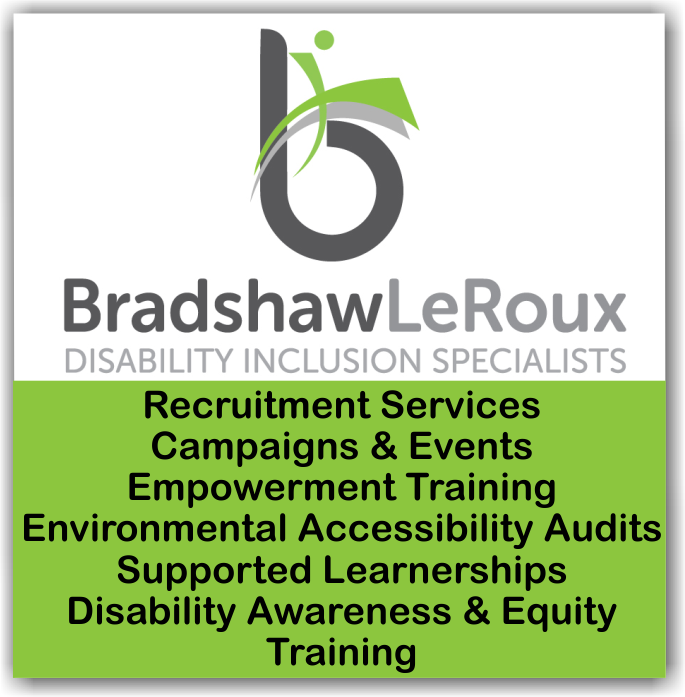Disabled Toilets
Introduction
An accessible toilet is a special toilet designed to accommodate people with physical disabilities. They are sometimes known as Disabled Toilets.
Public toilets can present accessibility challenges for people with disabilities, such as those people in wheelchairs. Stalls may not be able to fit a wheelchair, and transferring between the wheelchair and the toilet seat may pose a challenge. Accessible toilets are designed to address these issues by providing more space and bars for users to grab and hold during transfers.
The South African National Standard for Building Regulations
The South African Government through The South African National Standard for Building Regulations makes laws that insure that new buildings are designed & build with a certain amount of Disabled Toilets:
- In any building where facilities for persons with disabilities are required in terms of Regulation S1 (see annex A), there shall be one or more toilets or unisex toilet facilities suitable for use by wheelchair users.
- Persons with disabilities should be able to safely enter the building (Ramps) and be able to safely use all the facilities within it – specifically toilets.
These Disabled Toilets:
- follow certain regulations
- Need larger floor space than other cubicles to allow space for a wheelchair to maneuver. This space is also useful for people who are not necessarily wheelchair users, but still need physical support from someone else.
- Have a wheelchair-height changing table is also recommended, but remains rarely available. Accessible changing tables are low and accessible to a wheelchair user, and long enough for a caretaker to change an older child or adult with a disability.
- Have a wheelchair-height toilet, to help the user on and off the toilet, with handles (grab bars)
- Have an emergency alarm, in the form of a red cord that reaches the ground, connected to a buzzer and a flashing red light
- Have a wheelchair-height sink and hand dryer.
- Have wheelchair-width doors leading to it, allowing sufficient space for a wheelchair when a door is open.
Unfortunately many buildings in South Africa have toilets and bathrooms that were not designed and built to accommodate wheelchair users or the elderly. The owners of these buildings may therefore be challenged by the need to find architects and renovators familiar with accessible design issues in order to make them accessible. There are however various Organizations and Companies that can assist with Universal Design and Access to make sure that persons with disabilities are not excluded from any events, services, information, communication, products and venues.
Organizations & Companies That Can Assist With Universal Design & Access
There are now various Organizations and Companies that specialize in Universal Design and Access and can advise you on how to adapt these Disabled Toilets & Bathrooms to make sure that persons with disabilities have equal rights and no loss of dignity. The National Council of and for Persons with Disabilities (NCPD), Bradshaw LeRoux Consulting, The QuadPara Association of South Africa (QASA) and DiSA specialize in Universal Design and Access to make sure that persons with disabilities are not excluded from any events, services, information, communication, products and venues. These Organizations and Companies can assist in different ways including: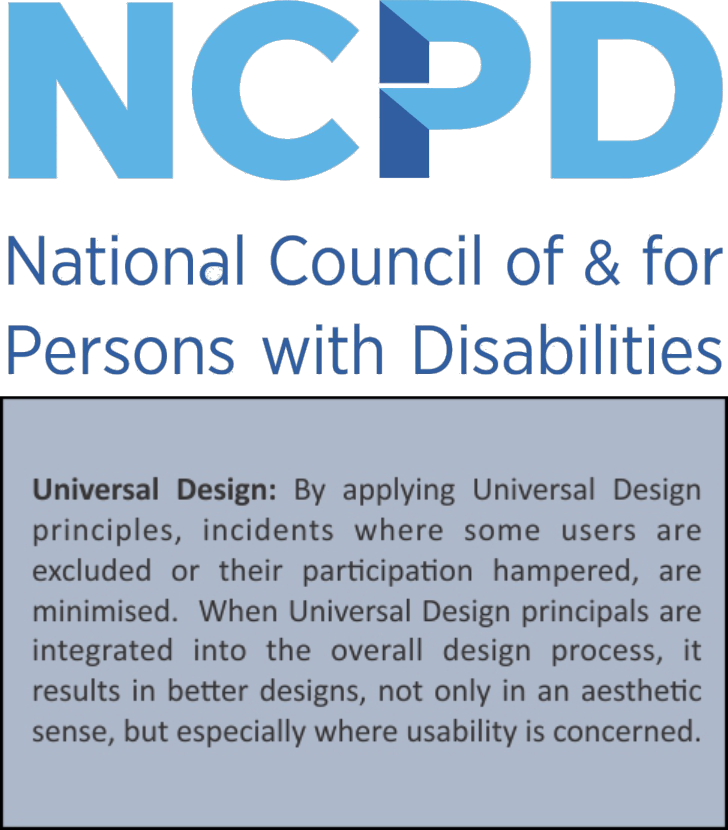
The National Council of and for Persons with Disabilities (NCPD): NCPD believe that this can be prevented by applying Universal Design Principals during the design phase and they therefor offer the following services to assist:
- Workshops for architects, developers and other building professionals to develop an understanding of universal design and access.
- Facilitating access audits for new or existing buildings; echo e-access for the natural and communication environment. Audits are followed by a report indicating shortfalls and recommendations.
- Marketing of facilities that are accessible to persons with disabilities
Contact Fanie Swanepoel or Danie Marais for more information on Tel: +27 11 452 2774 or email them on: fanies@ncpd.org.za or danie@ncpd.org.za
Bradshaw LeRoux Consulting: Bradshaw LeRoux Consulting conduct Environmental Accessibility Audits designed to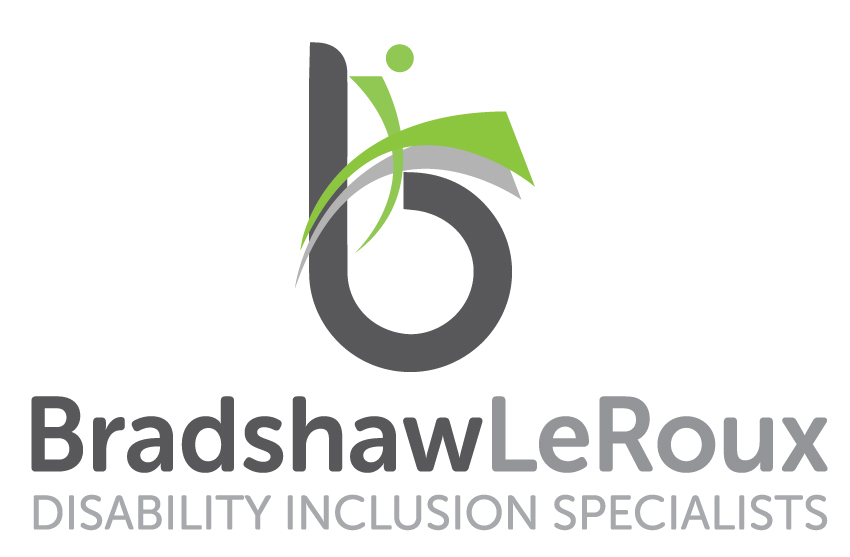 identify environmental barriers that could hinder access for Persons with a Disability. Our consultants will review your site, note potential barriers from a functional and safety perspective, and propose cost-effective solutions which can be actioned within short, medium and longer term timeframes. Our reports are practical in nature, specific in the solutions offered, and allow for ease of use by all. Relevant to all environments, from corporate offices, manufacturing or industry sites, education facilities or hospitality environments, we can assist.
identify environmental barriers that could hinder access for Persons with a Disability. Our consultants will review your site, note potential barriers from a functional and safety perspective, and propose cost-effective solutions which can be actioned within short, medium and longer term timeframes. Our reports are practical in nature, specific in the solutions offered, and allow for ease of use by all. Relevant to all environments, from corporate offices, manufacturing or industry sites, education facilities or hospitality environments, we can assist.
QASA: The QuadPara Association of South Africa (QASA) is a non-profit organisation (NPO 000-881) of Quadriplegics and Paraplegics in South Africa. QASA’s mission is “to improve lives by securing resources to advocate, educate, capacitate, support and mobilize”. QASA’s vision is that “all quadriplegics and paraplegics will live their lives to their full potential”. QASA develops products, programmes and services for quadriplegic and paraplegic members to build their capacity and ensure opportunities for societal integration and empowerment.
will live their lives to their full potential”. QASA develops products, programmes and services for quadriplegic and paraplegic members to build their capacity and ensure opportunities for societal integration and empowerment.
These Services include but are not limited to Access Audits:
An access audit is a form of inspection that can be used to assess the ease of access to, and ease of use of an environment (such as a building or landscape), a service, or a facility, by people with a range of access impairments.
Everyone has the right to be able to fully participate within society, and the built environment and accessibility plays a vital role in achieving this goal. Persons with mobility impairments are faced with physical barriers that exclude them from societal integration, be that in the workplace, educational & recreational facilities.
Bearing this in mind it is of utmost importance that we make our spaces accessible, it is not only an issue of equality and justice, but it makes good business sense, and adds to contributing to the development of a more inclusive and equal society.
Access Audits identify features including:
- The current accessibility of the building
- Areas for improvement (e.g. no accessible parking in the car park or the door in the accessible toilet on the ground floor is incorrectly located and therefore the building is inaccessible)
- Good/bad practice in relation to facilities management that an organisation has in place; positive accessibility features (e.g. counter tops at reception, good use of lighting and colour throughout building, signages)
Benefits of Accessible Environment:
- Increases the pool of potential new employees that an employer can tap into
- Retain existing employees who may acquire a disability through an accident / medical condition
- Enables more persons with disabilities to enter the building and /or use the services
- Improves overall safety of buildings, which has a direct impact on the number of accidents taking place and therefore the cost of insurance premiums.
Click on the link above to find out more about "Access Audits", or visit our Organizations - QASA Page to find out more about QASA and the other Projects and Services that they provide, or their website at www.qasa.co.za.
These Organizations and Companies listed above which specialize in Universal Design and Access will follow those standards set by "The National Building Regulations and Building Standards Act" to make sure that all signage is accessible to persons with disabilities.
Regulations for Toilet Facilities
4.12 Toilet Facilities
4.12.1 In any building where facilities for persons with disabilities are required in terms of Regulation S1, there shall be one or more toilets or unisex toilet facilities suitable for use by wheelchair users, provided that:
- In any building requiring toilet facilities to which part S of the Regulations applies, the first toilet provided shall be a unisex toilet facility, for use by persons with and without disabilities, preferably in accordance with the details shown in annex D.
- In any building of occupancy class H1 where:
- bedrooms are provided with private toilet facilities, at least one such bedroom in every 25 (or part thereof) shall be provided with a toilet, washbasin and bath or shower accessible to persons with disabilities.
- bedrooms are not provided with private toilet facilities, on each floor, at least one bathroom for every 25 bedrooms shall be provided with a toilet and a washbasin accessible to persons with disabilities, and at least one bathroom shall be provided with a bath or shower accessible to persons with disabilities, regardless of the number of bedrooms in the hotel, lodging house, hostel or hospitality accommodation.
- In any building other than buildings of occupancy class H1, where in terms of SANS 10400-P, a toilet is required, not fewer than one toilet accessible to persons with disabilities shall be provided within every group of toilets provided.
- Persons with disabilities shall not be required to travel further than persons without disabilities to get to a toilet that is accessible to them.
- Persons with disabilities shall not be required to travel a distance of more than 45 m on the same floor, or 25 m where horizontal and vertical distances are combined, in order to reach a toilet accessible to them, regardless of the number of toilets available to persons without disabilities.
4.12.2 In a wheelchair-accessible toilet:
- the door of the compartment that contains the toilet facilities shall open outwards unless a 1,2 m diameter area that is clear of all fittings, fixtures and the line of the door swing is provided. It shall be fitted with a grab rail on the inside and an easy-to-use locking device. The door leaf shall be openable from the outside by the use of a suitable device in the case of an emergency, and such leaf shall be fitted with a suitable means of indicating whether the compartment is occupied.
- the minimum finished wall-to-wall dimensions of the compartment shall be not less than 1,8 m × 1,8 m.
- a distance of not less than 450 mm and not more than 500 mm shall be provided between the centre line of the toilet and the nearer side wall of such compartment, and suitable grab rails shall be fixed to such side wall and the rear wall.
- the distance from the front edge of the toilet to the rear wall of such compartment shall be not less than 690 mm.
- the top surface of the seat of the toilet shall be not less than 480 mm and not more than 500 mm above the floor level.
- unless the toilet is provided with a special back rest, the lid and seat thereof, when raised to the upright position, shall remain in such position.
- sanitary fixtures and fittings, such as the soap dispenser, hand drier, mirror, coat hooks and toilet paper holder shall be easy to use and easily accessible to any person in a wheelchair. Hand-operated metering faucets shall remain open for a minimum of 10 seconds.
- the toilet flushing control shall be positioned on the outer side, on top of or behind the toilet, operable from the transfer space and shall be easy to use.
- within any such compartment, the washbasin shall:
- be mounted without legs or pedestal, and the height from the floor to the top edge of such basin shall be not more than 820 mm, and have a vertical clearance of 650 mm from under the basin to the floor, measured at a point not less than 160 mm from the front of and under the basin.
- either a vanity slab or shelf shall be fitted in such compartment, level with the top of the washbasin, with a clear height beneath it of 750 mm.
- water supply to such a washbasin shall be by way of a single lever mixer unit with a lever handle at least 100 mm long within reach of any person sitting on the toilet.
- grab rail assemblies shall be manufactured and installed so as to meet the purpose for which they are intended. The installation shall be sufficiently sturdy to withstand the loads imposed on them.
- grab rails suitable for use by persons with disabilities shall be provided at the side and back of the toilet. The tube of any grab rail shall have an outside diameter between 32 mm and 38 mm. The back and side grab rail may be an integral unit.
- In addition to the grab rails indicated in (m), a hinged support arm may be added to the transfer side of the toilet, at 300 mm from the centre of the toilet.
- doors into accessible toilets shall have a clear opening of 900 mm minimum.
NOTE: It is recommended that the maximum temperature of water discharging from any hot water outlet in any building, should not exceed 45 °C. This is of particular importance in ablutions accessible by persons with disabilities.
4.12.3 Any bath or shower cubicle provided for the use of persons with disabilities shall be so designed that a wheelchair user should be able to roll into such cubicle without being obstructed by a kerb or change of level.
4.12.4 Floor surfaces to any bath or shower cubicle provided for the use of persons with disabilities shall have a firm and slip-resistant surface under wet and dry conditions.
NOTE: Annex D provides further guidance on the design and layout of toilet facilities.
Links
- Building Regulations for facilities for Disabled Pdf.
- Standard Electrical, Mechanical And Architectural Guideline For The Design Of Accessible Buildings (Facilities For Disabled Persons)
To find Companies and Organizations that can assist you, visit our "Services & Service Providers" Search Facility. If you require any Products listed on this page, visit our "Products" search facility.

